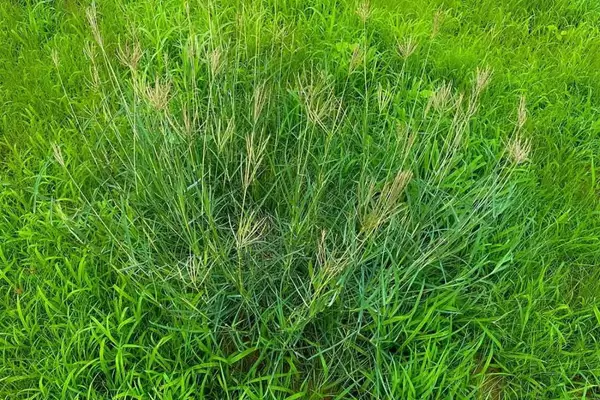A new study has provided a comprehensive assessment of the restoration of Banni Grassland categorizing different zones based on their suitability for restoration.
Key findings of the study
- The study divided the Banni Grassland’s restoration zones into five categories:
- Highly suitable: 36% of the area (937 sq. km) can be restored easily with adequate water sources.
- Suitable: 28% of the area (728 sq. km) also favorable for restoration with proper water management.
- Moderately suitable: 27% of the area (714 sq. km) could be restored with some effort.
- Marginally suitable: 7% of the area (182 sq. km) requires more intensive management, including terracing and fertilization.
- Not suitable: 2% of the area (61 sq. km) faces significant challenges due to factors like water erosion and salinity.
- The study utilized 20 parameters, including soil nutrients, satellite data, and land characteristics, to provide a holistic assessment.
- The findings could aid the National Green Tribunal (NGT) and policymakers in creating effective policies for grassland conservation and rehabilitation.
About Banni Grassland:
- Situated along the northern border of Kutch, Gujarat, Banni is Asia’s largest tropical grassland, spanning over 2,600 sq. km.
- Banni is inhabited by over 20 semi-nomadic ethnic communities, such as the Maldharis, who practice silvipastoralism.
- Banni plays a crucial role in carbon storage, climate mitigation, and pollination.
- The grasslands are known for the mysterious Chir Batti or Ghost lights, seen at night.
- The grassland supports a diverse range of flora and fauna, including 192 species of plants and 262 species of birds.
- It is home to unique species like the Banni buffalo and Asiatic wild ass.
- Threats: The grassland faces significant threats from excessive livestock grazing, soil salinity, invasive species like Prosopis juliflora, water scarcity, and climate change-induced desertification.
Ref: Source
| UPSC IAS Preparation Resources | |
| Current Affairs Analysis | Topperspedia |
| GS Shots | Simply Explained |
| Daily Flash Cards | Daily Quiz |
Frequently Asked Question:
What is the significance of the Banni Grassland?
Banni Grassland is Asia’s largest tropical grassland, crucial for carbon storage, climate mitigation, and supporting diverse flora and fauna.
Who are the Maldharis?
The Maldharis are semi-nomadic communities in Banni who practice silvipastoralism, combining forestry and grazing.
What is Prosopis juliflora?
Prosopis juliflora is an invasive species that threatens the native biodiversity and balance of the Banni Grassland ecosystem.
What is the Chir Batti?
Chir Batti, also known as Ghost lights, is a mysterious phenomenon where unexplained lights appear at night in Banni Grassland.
What are the major threats to Banni Grassland?
Major threats include overgrazing, soil salinity, invasive species, water scarcity, and desertification due to climate change.


